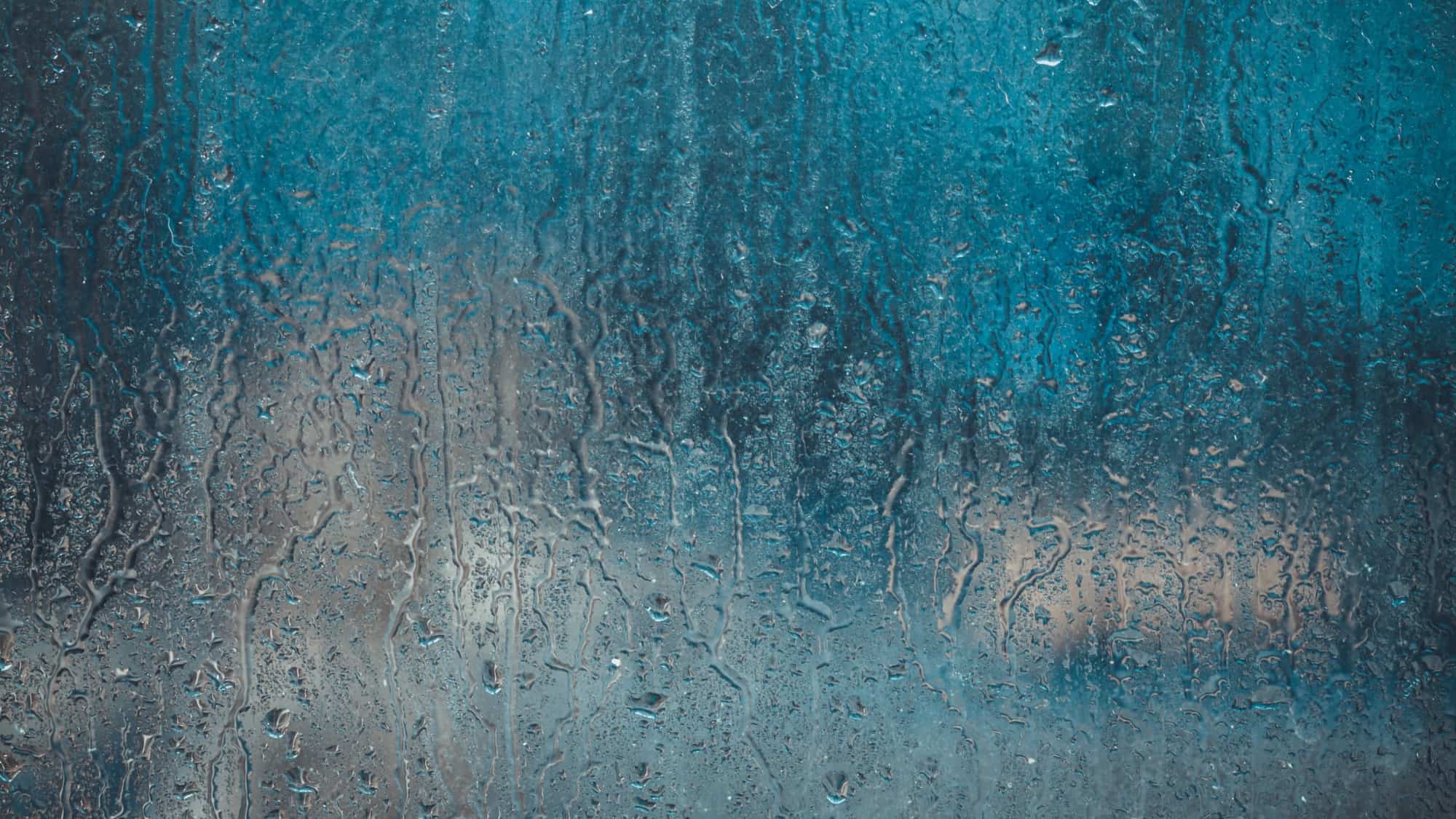Historic preservation is often imagined to be a matter of preventing buildings from being torn down to make way for new architecture. But today, many municipalities, including San Francisco, are not eager to remove older properties. Rather, the primary threat to these buildings comes from the condition of the buildings themselves—and many of those threats are rooted in water. By taking a closer look at the most common causes of waterproofing failure, you can begin to create a roadmap for keeping your building safe.
The Dangers of Water
Water damage is one of the most prevalent problems historic buildings face. While roofing failures are often a chief concern, deterioration of any part of the building envelope can put even well-constructed buildings at risk, and improper retrofits and repairs can introduce new points of vulnerability. The harm can be significant and include:
- Rotting
- Staining
- Mold
- Warping
- Cracks
- Odors
- Rust
Some of this damage is cosmetic. While that can be a serious issue in any property, compromising the aesthetics of a historic building can be a particularly devastating—and expensive—loss. However, waterproofing failures can also have far worse consequences. Damaged foundations, rotted wood, rusted metal, and contaminated air all pose serious risks to building occupants and public safety.
3 Common Causes of Waterproofing Failure
There are many specific ways waterproofing can fail, but most are the result of these three underlying causes:
1. Wrong Product Choice
There can be great variability in specifications and tolerance between waterproofing membrane manufacturers and products, and different buildings may have different requirements. An inferior or inappropriate membrane can greatly increase the risk of waterproofing failure, both in the short term and over time. Working with a waterproofing expert who can evaluate your property and choose the right products is essential for keeping your building envelope watertight, taking into account:
- Coefficient of friction
- UV stability
- Elongation properties
- Need to withstand vapor pressure
Choosing a contractor who has experience collaborating with architects, engineers, and manufacturers’ representatives to find the right solutions can be key to preventing waterproofing failure, particularly if a building presents unique design challenges.
Some building owners are tempted to opt for damp-proofing rather than waterproofing owing to its lower upfront cost. However, damp-proofing products are not an adequate solution owing to their lesser quality, stability, and durability. As such, their long-term costs can be significantly greater than choosing a high-quality waterproofing membrane from the start.
2. Poor Workmanship
Protecting a building from moisture is exacting work that requires skilled workmanship throughout each project. One of the most common causes of waterproofing failure is improperly prepared substrates, which can compromise adhesion and allow moisture to penetrate the building. The membrane itself must also be correctly installed to ensure a watertight surface. This includes proper overlapping, detailing, and curing.
Workmanship also extends to other measures taken to prevent moisture intrusion, such as:
A contractor who can do high-quality work that protects against such intrusion while taking into account the aesthetic needs of the building can be invaluable for historic buildings.
3. Inadequate Maintenance
Allowing problems to grow unchecked until they become severe enough to demand attention can put your building at heightened risk for waterproofing failure. Regular facade inspection and proper maintenance are critical to correcting problems in the early stages—or preventing them from occurring in the first place. While San Francisco’s Building Facade and Inspection Ordinance mandates that all buildings constructed prior to 1910 undergo inspection in 2021, routine facade inspections to identify points of vulnerability are important for all historic buildings. Working with a historic restoration contractor who specializes in waterproofing to address any issues can help you protect your building envelope.
Work With an Expert
Rainbow is the premier waterproofing and historic restoration company in the San Francisco Bay Area. Our dedicated team of experts knows how to prevent the causes of waterproofing failure in historic buildings and uses the highest quality materials and workmanship to preserve our unique architecture. Together, we can ensure your building—and the people in it—are safe.
Rainbow can help you prevent the causes of waterproofing failure in the San Francisco Bay Area. Reach out to the Rainbow team today.

The Rainbow Team is Northern California’s most trusted waterproofing and restoration company. We have the craftsmanship and expertise to handle any commercial or historic building envelope, masonry, or waterproofing project in the San Francisco Bay Area.




